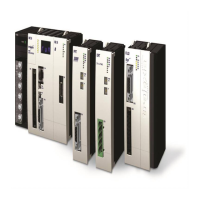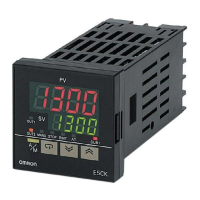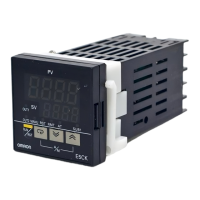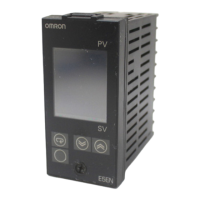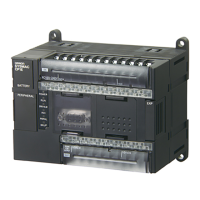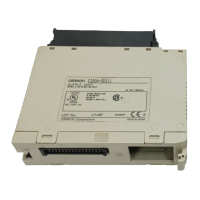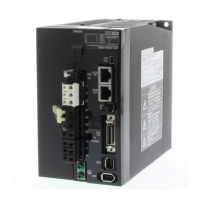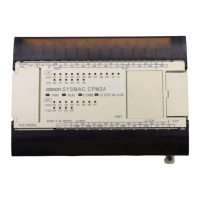Trajexia system
PROGRAMMING MANUAL 9
Revision 1.0
2.3 BASIC programming
The BASIC language consists among others of commands, functions and
parameters. These BASIC statements are the building blocks provided to
control the TJ2-MC64 operation.
Commands are words recognized by the processor that perform a certain
action but do not return a value. For example, PRINT is a recognized word
that will cause the value of the following functions or variables to be printed
on a certain output device.
Functions are words recognized by the processor that perform a certain
action and return a value related to that action. For example, ABS will take
the value of its parameter and return the absolute value of it to be used by
some other function or command. For example ABS(-1) will return the value
1, which can be used by the PRINT command, for example, to generate a
string to be output to a certain device.
Parameters are words recognized by the processor that contain a certain
value. This value can be read and, if not read only, written. Parameters are
used to determine and monitor the behavior of the system. For example,
ACCEL determines the acceleration rate of a movement for a certain axis.
2.3.1 Axis, system and task statements
The commands, functions and parameters apply either to (one of) the axes,
the tasks running or the general system.
Axis statements
The motion control commands and the axis parameters apply to one or more
axes. Axis parameters determine and monitor how an axis reacts on
commands given and how it reacts to the outside world. Every axis has a set
of parameters, so that all axes can work independently of each other. The
motion control commands are able to control one or more of the axes
simultaneously, while every axis has its own behavior. The axis parameters
are reset to their default values for each startup.
The commands and parameters work on some base axis or group of axes,
specified by the BASE command. The BASE command is used to change
this base axis group and every task has its own group which can be changed
at any time. The default base axis is 0.
Individual axis dependent commands or parameters can also be
programmed to work on a temporary base axis by including the AXIS
function as a modifier in the axis dependent command. A temporary base
axis is effective only for the command or parameter after which AXIS
appears.
Task statements
The task parameters apply to a single task. The task parameters monitor the
task for example for error handling. The PROC modifier allows the user to
access a parameter of a certain task. Without PROC the current task is
assumed. The BASE command (see above) is task specific and can be
used with the PROC modifier.
System statements
These statements govern the overall system features, which are basically all
statements which do not belong to the first two groups.
2.3.2 Memory areas
Three main memory areas can be identified in the Trajexia Motion Controller
Unit:
• I/O memory.
• VR memory.
• TABLE memory.
I/O memory
I/O memory is used for holding the status of input and output devices
connected to the Trajexia system. It is divided into two sub-areas: one for
digital I/O memory, and one for analog I/O memory. The digital I/O memory
holds input and output statuses of digital I/O devices. Its capacity is 256 bits
(input points) for input and 256 bits (output points) for outputs. The inputs in
this memory can be accessed using the IN command. The outputs can be
accessed using the OUT command.
The analog I/O memory holds input and output values of analog I/O devices.
Its capacity is 36 input channels and 36 output channels. The analog input
channels can be accessed using the AIN command. The analog output
channels can be accessed using the AOUT command.

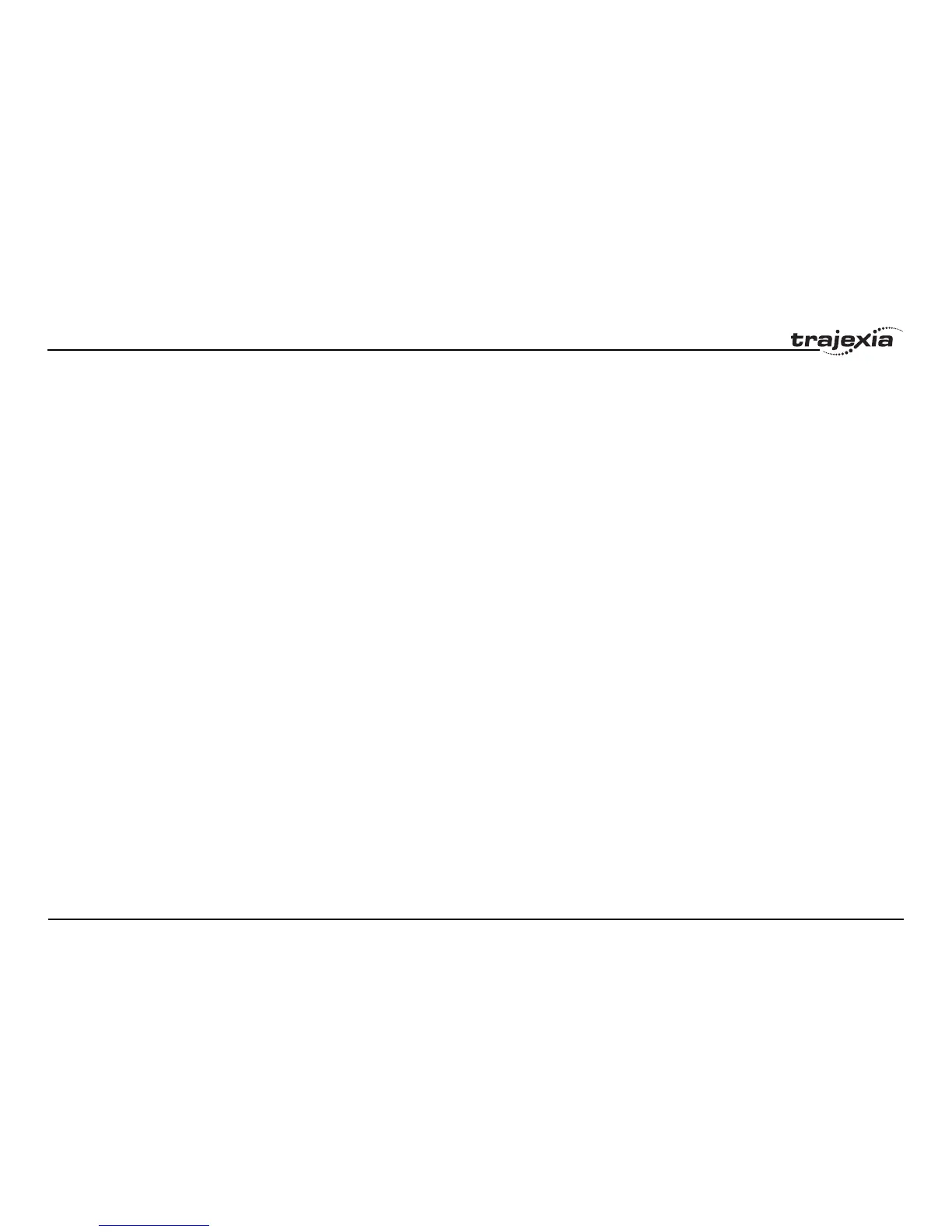